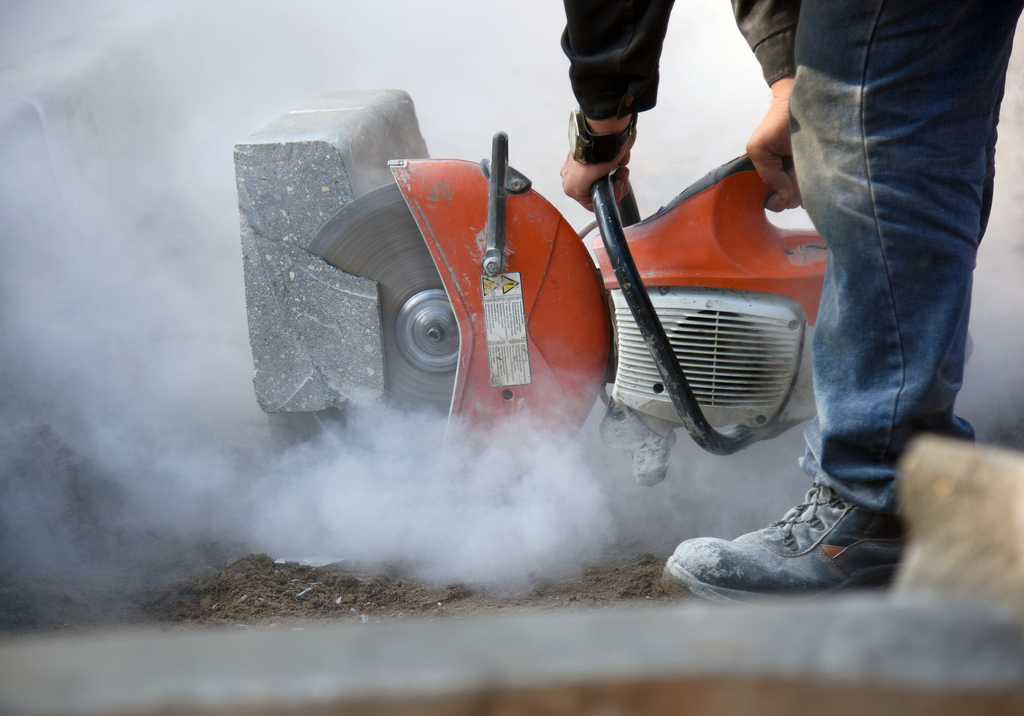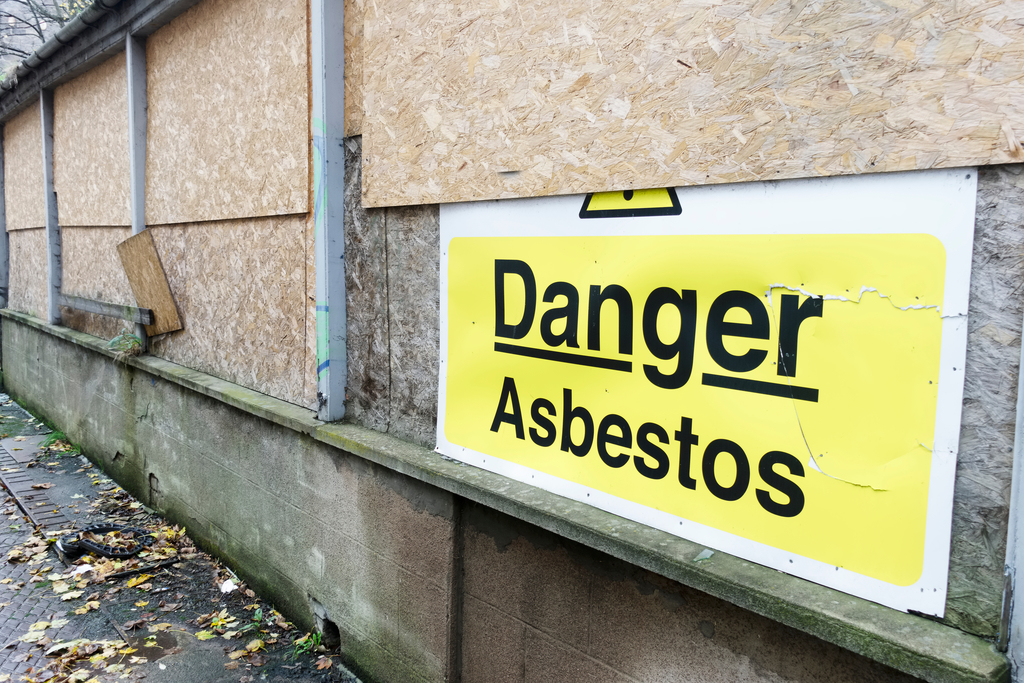
Kelly Rose
Editor

Kelly Rose
Editor
We all understand contamination and its negative connotations in an abstract sense, however the practical effects of contamination, as individuals and organisations, affect virtually all aspects of our lives. Kurt Greenall examines some of the more prevalent contaminants.
CONTAMINATION COVERS an incredibly broad spectrum of phenomena, ranging from relatively minor, transient, occurrences, to devastating long lasting events which can impact entire ecosystems. While contamination comes in multitudinous forms and the means of managing it are equally numerous, there are some broad categories into which we can categorise them based on either the form of the contamination e.g. biological, chemical, etc, or the means by which it can affect us, carcinogenic, poisonous etc. In this short piece we’ll examine some of the more prevalent contaminants and potential preventative and remediative actions.
Lead
Lead and its compounds are cumulative toxins that persist in the environment, bioaccumulate over time, and can have serious negative health implications for those exposed. Indeed, The Institute for Health Metrics and Evaluation (IHME) estimated that in 2017, lead exposure accounted for 1.06 million deaths and 24.4 million years of healthy life lost (disability-adjusted life years (DALYs)) worldwide due to the long-term effects on health. In the UK, the majority of exposure is in industries specifically focussed on lead, however the fourth largest sector for people under medical supervision for lead exposure is in demolition and construction. The specific Approved Codes of Practice (ACOPs) relating to the control of lead at work are detailed in HSE L132 which details what provisions are recommended, ranging from reducing the risk of exposure to mitigation methods, such as respiratory protection and filtration. For example, a high standard of personal hygiene plays a crucial role in controlling lead absorption. One method of achieving this could be by ensuring shower facilities are available, a mobile decontamination unit for example would ensure workers can be cleansed whilst ensuring that any potential lead contamination is captured by the filtration systems rather than being reintroduced to the environment.
Flour dust
It is perhaps easy to underestimate the potential hazards of flour dust, up to 100,000 people are potentially exposed to it every day in the UK baking sector, usually with no obvious side effects. Flour dust is what is known as a respiratory sensitiser, a substance which, when inhaled, can trigger an irreversible allergic reaction in the respiratory system also known as Occupational Asthma with symptoms such as wheezing, shortness of breath, runny nose, nasal congestion, eye irritation, and chest tightness. The HSE has set a Workplace Exposure Limit(WEL) comprising a long-term exposure limit of 10mg/m3 (averaged over 8 hours) and a short-term exposure limit of 30mg/m3 (averaged over 15 minutes). Due to its properties as an asthmagen, all efforts should be made to reduce it far below the WEL, indeed less than 2mg/m3 (averaged over 8 hours) is usually achievable. Fortunately, methods of control are available, ranging from reducing the production of dust, for example with dust reducing handling methods, the provision of appropriate respiratory protection, and methods of reducing the amount of dust in the air
Asbestos
Despite the use of asbestos-containing materials (ACMs) being banned in 1999, asbestos still poses a serious threat, especially to tradespeople, due to its previous prevalent usage. Despite improvements in managing it, it still kills on average 20 tradespeople a week due to the long latency between exposure to the microscopic fibres and onset of diseases such as asbestosis and mesothelioma. Asbestos can be present in many buildings and also the soil in ‘brownfield’ sites ,especially those which were once the site of industrial or commercial activity. Best practise is always to sample the ground before digging commences, however even if the sample is found to be uncontaminated any suspicious material uncovered should be treated as potential asbestos waste and appropriate measures as recommended by the HSE should be undertaken. Working with asbestos can pose many dangers and many tasks can only be carried out by contractors licensed by the HSE following the Control of Asbestos Regulations 2012. If while carrying out any work you discover materials which you believe to be asbestos, stop work immediately. Put up a warning sign and ensure nobody enters the area. Report the problem to whoever is in charge and arrange to have a sample of the material analysed. If it does not contain asbestos then work can continue. If the material does contain asbestos then consult HSE guidance, such as asbestos essentials em1, which will offer further guidance on how to proceed.
Concrete/silica
Concrete is near ubiquitous in the construction industry however its potential risk to health is often underestimated. High levels of concrete dust can be produced when cement is handled, such as when emptying or disposing of bags, scabbling or concrete cutting. Short term exposure to this dust can lead to irritation of the respiratory tract, and longer term exposure can lead to occupational asthma. Additionally, concrete and mortar can contain respirable crystalline silica (RCS). Inhalation of this RCS can lead to the development of silicosis or scarring of the lungs, which results in a loss of lung function and severe shortness of breath. High levels of exposure can ultimately prove fatal by inducing lung cancer; and very high levels can rapidly lead to illness. Breathing in RCS can also lead to COPD resulting in severe breathlessness, prolonged coughing and chronic disability and is a leading cause of death in the UK.
For those cases where the exposure can be predicted, one possible means of mitigation would be the practice of having mobile showers on site to ensure workers can wash themselves at the end of a shift ensuring that any lingering dust is removed. These have the advantage over standard showers in that they are under negative pressure, and filter the air inside before exhaust; additionally, the waste water from the shower is also filtered, further reducing any potential release of contamination to the environment. The advantage of combined welfare/shower units means that the requirements for welfare facilities can also be met at the same time without needing additional equipment on site.
Biological hazards
There are numerous potential biological hazards that can be present on a construction or demolition site and these may not always be obvious. Bird droppings(guano) that have become aerosolized either as dust or as contaminated water droplets can cause several diseases, including Psittacosis, which can develop into pneumonia. The HSE recommends following the Assess, Control, and Review model in dealing with guano. Where the work is unavoidable, use control methods such as following good, basic hygiene practices, preventing the dust becoming airborne by wetting down the area, wearing suitable protective clothing and adequate RPE with a apf of at least 20, eg a FFP3 mask. An onsite mobile combi welfare/decontamination shower can be a good solution to ensuring that there is a suitable place to wash down and ensuring breaks and meals are taken away from the areas of potential contamination.
Hopefully this piece has highlighted that potential sources of contamination are often not readily obvious, and that care must be taken to ensure that all practicable methods of control are instituted to protect the health of both you, your employees and the wider public. The consequences of not ensuring that care is taken can be catastrophic for all concerned and as the old adage states, prevention is better than cure.
Kurt Greenall is business analyst at SMH. For more information, visit www.smhproducts.com




SMH House
Maxwell Street
SOUTH SHIELDS
NE33 4PU
UNITED KINGDOM
01914 56 6000